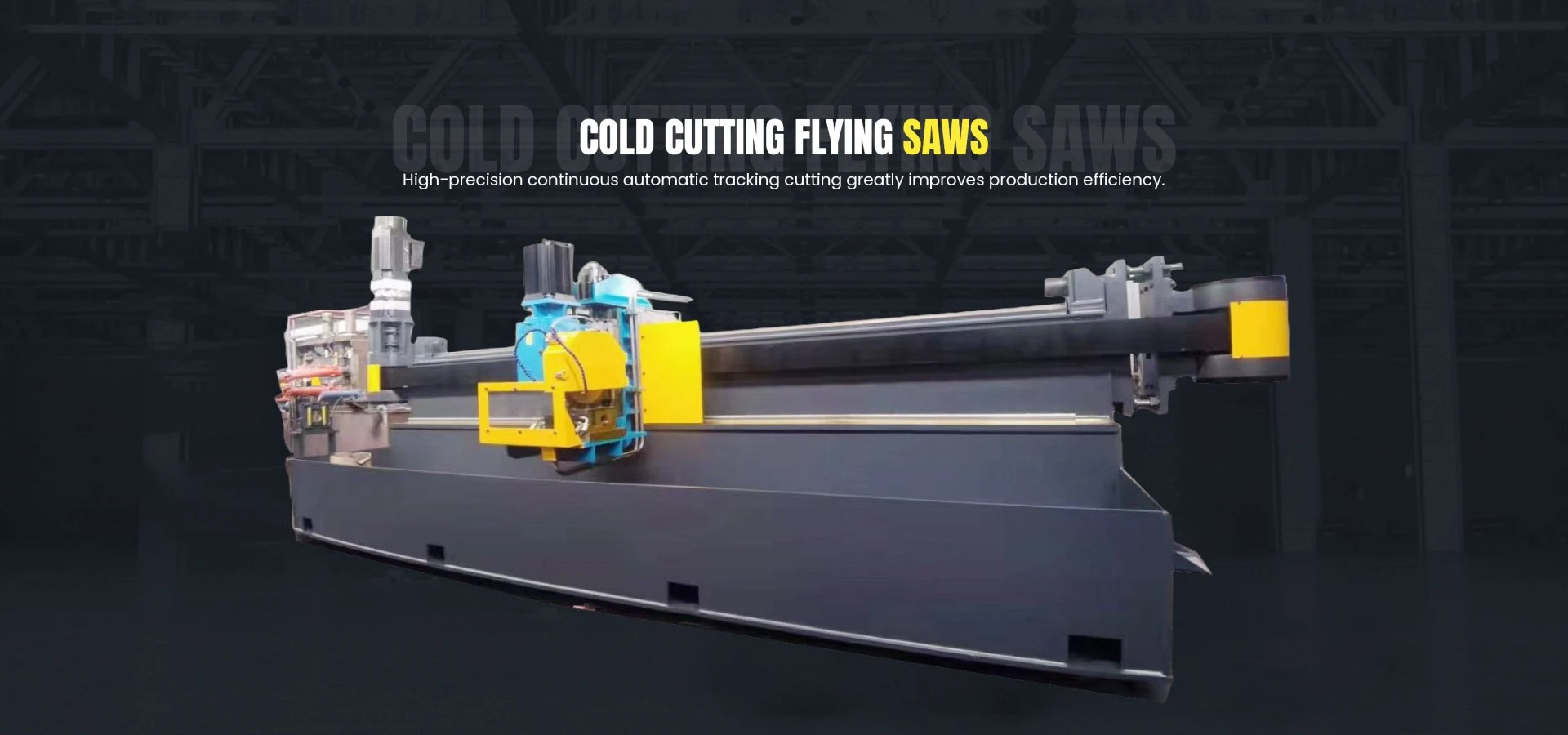hollow pipe making machine
The Hollow Pipe Making Machine A Revolution in Manufacturing
In recent years, the manufacturing industry has seen significant advancements with the introduction of innovative machinery. One such creation that has transformed the production process is the hollow pipe making machine. This machine plays a crucial role in fabricating high-quality hollow pipes for various applications, including construction, automotive, and industrial sectors.
Understanding the Hollow Pipe Making Process
The hollow pipe making machine operates on a sophisticated yet efficient methodology. The process begins with feeding metal sheets or coils into the machine, where they are gradually transformed into hollow pipes. The first step involves the slitting of the metal sheet into narrower strips suited for specific diameters of pipes. Following this, the strips are subjected to a series of forming rolls that bend and shape the material into a cylindrical form.
One of the essential aspects of this process is welding. Once the strips are shaped into a pipe, the edges are meticulously aligned and welded together. Modern hollow pipe making machines often employ advanced techniques such as high-frequency electric resistance welding (ERW) to ensure clean and strong joins. This method not only enhances the structural integrity of the pipes but also boosts production speed, making it a preferred choice for manufacturers.
Versatility and Applications
Hollow pipes are integral components in numerous industries due to their versatility. They are used as structural supports in buildings, piping systems for transporting fluids, and components in machinery. The hollow pipe making machine can produce pipes of various sizes, thicknesses, and materials, allowing for tailored solutions to meet specific industry requirements.
In the construction industry, for example, hollow pipes are essential for scaffolding, frames, and reinforcements. Their lightweight nature combined with high strength makes them suitable for supporting heavy loads without compromising safety. In the automotive sector, these pipes are often utilized in exhaust systems, frames, and other critical parts that demand both strength and weight efficiency.
hollow pipe making machine

Quality Control and Efficiency
Quality control is paramount in the production of hollow pipes. Manufacturers must ensure that the pipes meet stringent standards for safety and performance. The hollow pipe making machine is embedded with advanced monitoring systems that continuously check various parameters such as dimensions, wall thickness, and weld quality. This real-time feedback allows manufacturers to immediately address any discrepancies, significantly reducing waste and rework.
Moreover, the efficiency of these machines is noteworthy. Traditional methods of pipe manufacturing were labor-intensive and time-consuming. However, with the advent of automated hollow pipe making machines, production rates have increased dramatically. Machines can operate continuously, producing thousands of meters of pipe daily, which is a remarkable feat in comparison to older production methods.
Future Prospects
As technology continues to evolve, the hollow pipe making machine is expected to undergo further enhancements. The integration of smart manufacturing technologies, such as IoT and artificial intelligence, can optimize production processes, predict maintenance needs, and improve supply chain efficiency. This evolution will not only enhance productivity but also pave the way for sustainable manufacturing practices.
Conclusion
The hollow pipe making machine represents a significant breakthrough in the manufacturing industry. Its ability to produce high-quality, versatile hollow pipes efficiently has made it indispensable across various sectors. As the demand for such products continues to grow, innovations in machine technology will likely drive further improvements, ensuring that manufacturers can meet the needs of a dynamic market while maintaining the highest standards of quality and efficiency.
-
High Frequency Straight Seam Welded Pipe Production Line|BzZhou Xinghua|Precision Welding&EfficiencyNewsJul.30,2025
-
High Frequency Straight Seam Welded Pipe Production Line - BzZhou Xinghua|Precision Engineering&EfficiencyNewsJul.30,2025
-
High-Frequency Straight Seam Welded Pipe Production Line-BzZhou Xinghua Machinery Equipment Manufacturing Co., LTD.NewsJul.30,2025
-
High-Frequency Straight Seam Welded Pipe Production Line-BzZhou Xinghua Machinery Equipment Manufacturing Co., LTD.|Precision Manufacturing, High EfficiencyNewsJul.30,2025
-
High Frequency Straight Seam Welded Pipe Production Line-BzZhou Xinghua Machinery Equipment Manufacturing Co., LTD.|Precision Steel Pipe Manufacturing&Industrial EfficiencyNewsJul.29,2025
-
High-Frequency Straight Seam Welded Pipe Production Line-BzZhou Xinghua Machinery Equipment Manufacturing Co., LTD.|Precision Steel Pipe Manufacturing&Industrial EfficiencyNewsJul.29,2025


